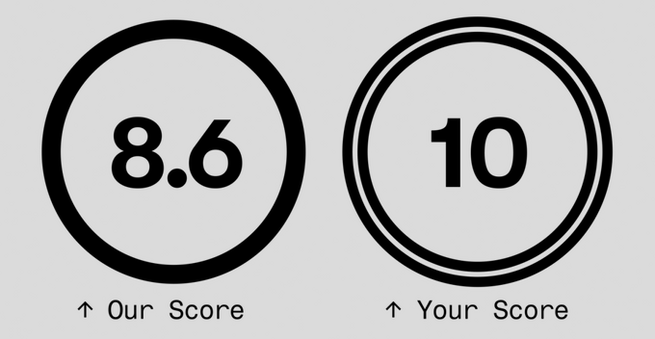Alerts

Pitchfork is beta testing user reviews and comments as it approaches 30, marking a major shift in how the iconic music publication engages with its audience. The move signals an effort to stay relevant in a rapidly changing digital landscape where platforms like TikTok, YouTube, and Reddit dominate music discussions.
As it nears its 30th anniversary, Pitchfork appears to be embracing a kind of digital midlife crisis. The site is experimenting with user-generated content—an ironic twist at a time when many media outlets are shutting down comment sections altogether. For a platform that once dictated indie music trends, this pivot toward reader participation is both surprising and refreshing.
Like much of the media industry, Pitchfork has faced tough times. Audience attention has shifted to influencers and short-form creators, while advertising revenue has dwindled. By opening the door to user interaction, Pitchfork seems to be taking a page from Rotten Tomatoes’ playbook—blending critic and audience scores to create a more dynamic picture of how albums resonate.
Historically, Pitchfork has been a one-sided experience. Readers could consume reviews and rankings, but their opinions had no official platform. Occasionally, the site ran reader polls, but fans couldn’t directly engage with writers or other readers. If you thought an album like Jet’s Shine On didn’t deserve its infamous 0.0 rating, your only option was to complain on early Twitter.
Now, that’s changing. Pitchfork’s new beta feature lets users comment on reviews and assign their own scores using the publication’s signature 10-point system. These ratings will then be averaged into a public “reader score” displayed next to the critic’s score, offering a dual perspective on every reviewed album.
The test, according to Pitchfork’s announcement, aims to make the platform more community-driven. Users can “add your own score to an album review using Pitchfork’s rating system. This score will be shown next to your comment and will be aggregated with other readers to form a ‘reader score’ alongside Pitchfork’s official score.”
This approach acknowledges that modern music culture thrives on conversation, debate, and shared discovery. Whether it’s Swifties defending The Life of a Showgirl or fans championing underappreciated indie releases, the feature turns Pitchfork from a critic’s pulpit into a collaborative space for music lovers.
Adding comments and reader ratings might sound like a step backward in an era when many sites are turning off their comment sections. Yet for Pitchfork, it could be a strategic comeback move. Music fandom today lives in comment threads, Discord servers, and Reddit posts. Bringing that energy directly to its own platform could reignite user engagement and loyalty.
The challenge will be maintaining Pitchfork’s editorial integrity while managing the chaos that can come with open commenting. Still, by inviting readers into the conversation, the publication is aligning itself with the participatory nature of modern media.
As Pitchfork is beta testing user reviews and comments as it approaches 30, the experiment reflects a deeper question about the future of cultural criticism. Can traditional editorial authority coexist with crowd-sourced opinions? If successful, this model could redefine how digital publications measure artistic impact—balancing expert insight with fan sentiment.
Whether this experiment helps Pitchfork reclaim its cultural influence remains to be seen. But one thing is clear: as the site turns 30, it’s no longer content to simply tell the internet what’s cool—it wants the internet to tell it back.
𝗦𝗲𝗺𝗮𝘀𝗼𝗰𝗶𝗮𝗹 𝗶𝘀 𝘄𝗵𝗲𝗿𝗲 𝗿𝗲𝗮𝗹 𝗽𝗲𝗼𝗽𝗹𝗲 𝗰𝗼𝗻𝗻𝗲𝗰𝘁, 𝗴𝗿𝗼𝘄, 𝗮𝗻𝗱 𝗯𝗲𝗹𝗼𝗻𝗴. We’re more than just a social platform — from jobs and blogs to events and daily chats, we bring people and ideas together in one simple, meaningful space.